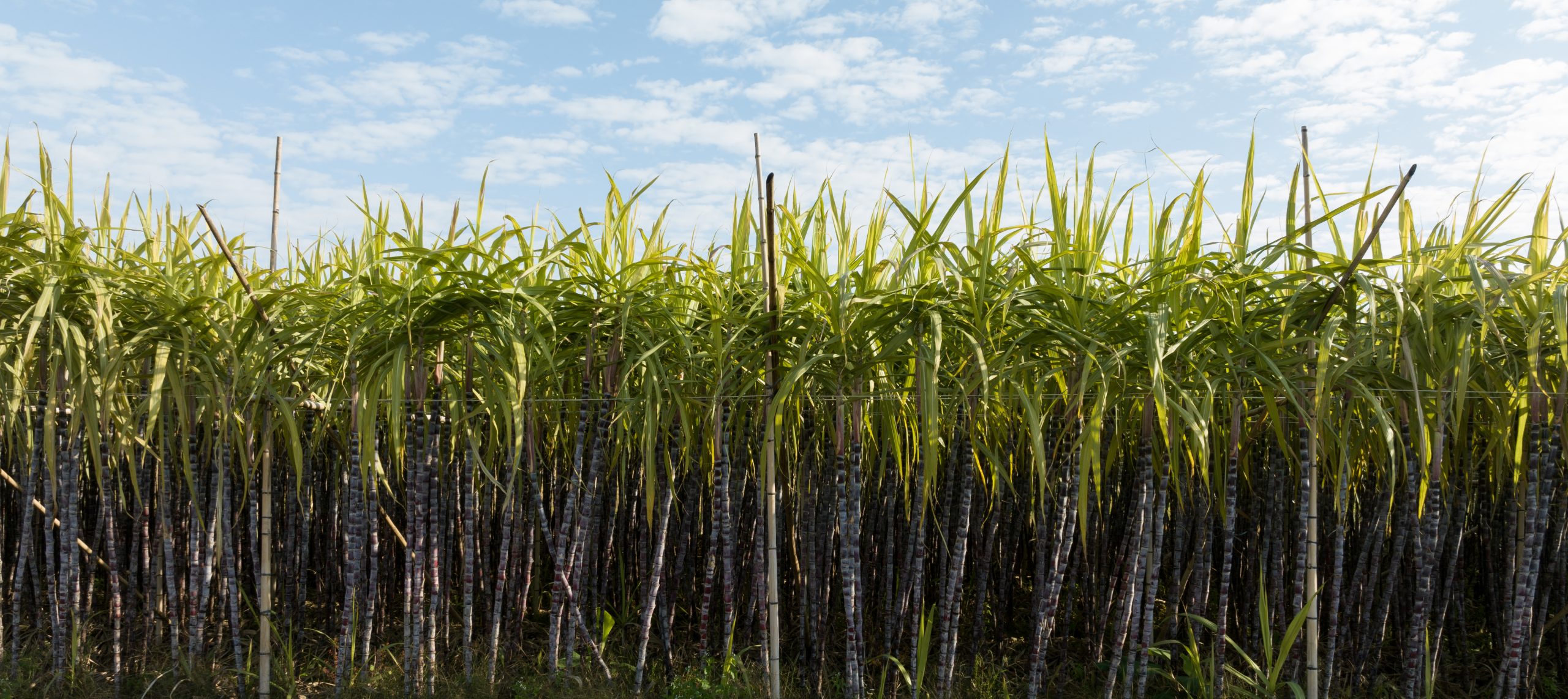Summary
Sugar prices have hit their lowest levels since January 2025, driven by record deliveries against March contracts on the InterContinental Exchange and growing supply prospects from major producers. Despite the International Sugar Organization raising its global deficit forecast, bearish sentiment prevails as Brazil anticipates record production and India moves forward with its export quota. This analysis explores the current market dynamics and what traders can expect in the coming months.
Market Trends and Indicators
Sugar markets have been on a consistent downward trajectory for over a week, currently trading at their lowest levels since January 23, 2025. This bearish turn comes amid several significant market developments that signal a potential shift in the global supply-demand balance.
A key indicator emerged when major sugar traders including Wilmar International Ltd and Sucres et Denrees SA took delivery of 1.7 million tonnes of raw sugar against March contracts on the InterContinental Exchange in New York. This record delivery volume, following the contract expiration on February 28, is widely interpreted as a bearish signal within the industry. Such substantial deliveries typically suggest that sellers are facing limited market alternatives – a concerning sign for price stability.
India's Export Position
This market pressure coincides with India's endeavors to export its government-allocated quota of 1 million tonnes of sugar. Questions have emerged about India's ability to fulfill this export commitment, though the Indian Sugar and Bio-Energy Manufacturers Association remains confident. According to Director-General Deepak Ballani, deals for 600,000-700,000 tonnes have already been signed, with some shipments already underway.
Indian sugar producers have maintained a firm stance on pricing, emphasizing that global markets should not expect discounted sugar from India due to strong domestic prices. This positioning adds another layer of complexity to the global price dynamics as buyers assess alternative sourcing options.
Currency and Contractual Impacts
Beyond supply factors, sugar prices have also felt pressure from a weakening Brazilian real against the US dollar. This currency movement makes Brazilian exports more competitive on the global stage, putting additional downward pressure on international sugar prices. The conclusion of the March front-month contract has also contributed to market volatility.
Supply Deficit vs. Production Outlook
Interestingly, the bearish sentiment persists despite the International Sugar Organization (ISO) recently revising its global sugar deficit forecast upward. The ISO now projects a deficit of 4.88 million tonnes for the current season, nearly double its November forecast of 2.55 million tonnes.
This contradiction between market sentiment and fundamental supply data points to traders' forward-looking perspective. Containerized white sugar exporter Czarnikow has forecast record Brazilian sugar production of 43.6 million tonnes for the 2025-2026 season. This optimistic outlook stems from economic incentives that make sugar production more profitable than ethanol for Brazilian processors.
Weather and Indian Production
Adding to the bearish outlook, Indian sugar production could potentially reach record levels in the coming season. Weather forecasts indicate an El Niño-Southern Oscillation (ENSO) neutral condition this year, which typically favors good crop development. Industry projections suggest Indian output could reach approximately 37 million tonnes in the 2025-26 season, further tilting the global supply balance.
Conclusion
Despite the current global sugar deficit, market sentiment remains decisively bearish as traders look ahead to increased production from key suppliers. Brazil's anticipated record output, combined with India's export commitments and favorable weather patterns, suggests a potential oversupply situation developing in the 2025-26 season. For market participants, this outlook indicates continued price pressure in the near term, with strategic opportunities emerging for those positioned to capitalize on the evolving supply-demand dynamics. Traders should closely monitor weather developments, Brazilian production decisions between sugar and ethanol, and India's export progress as key indicators for future price movements.
